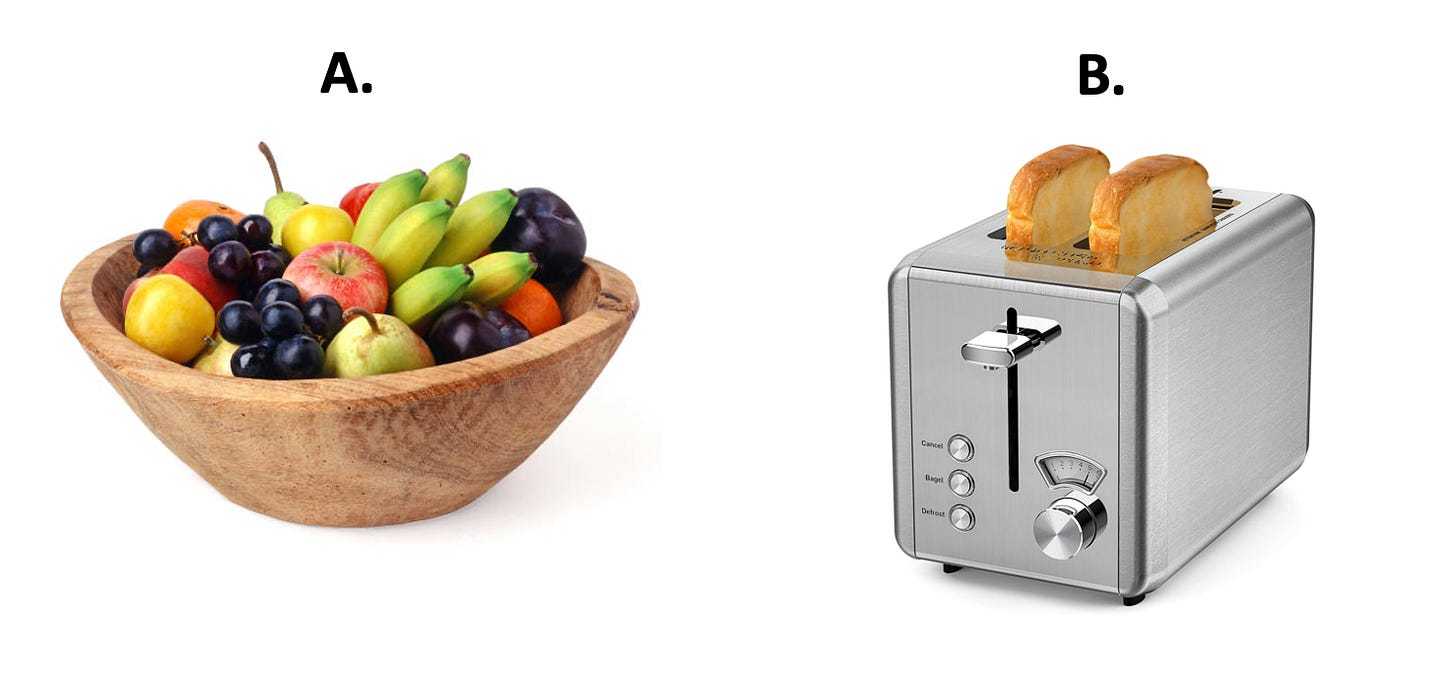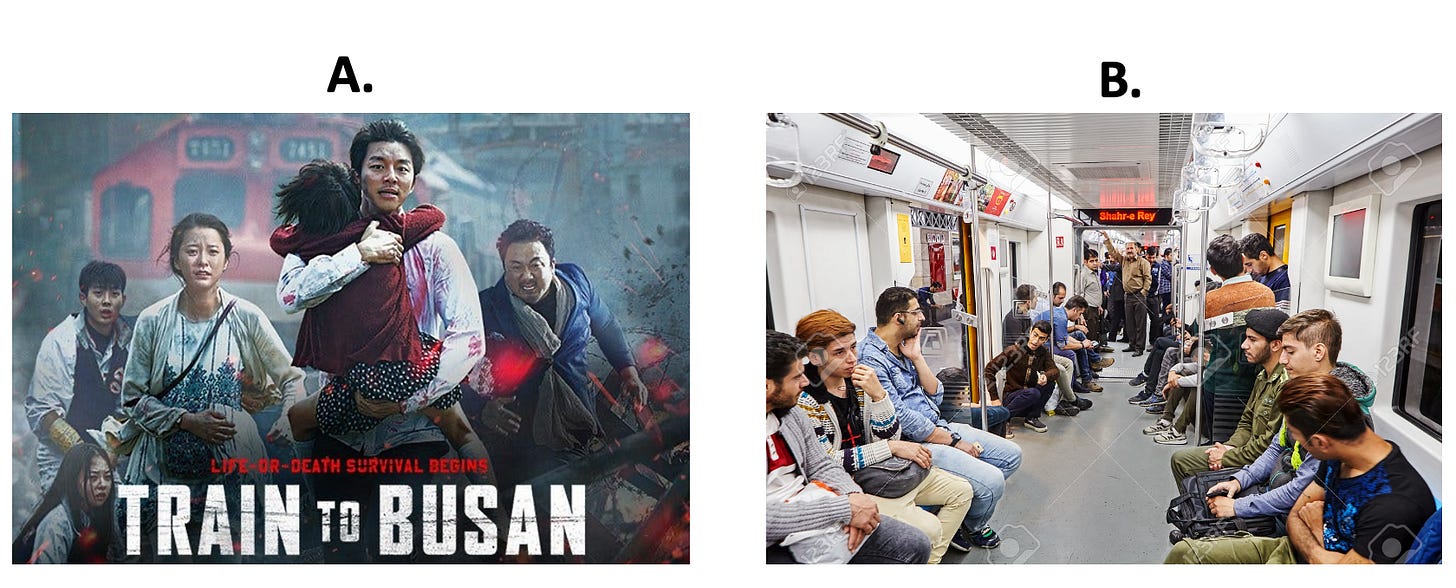Back to Basics: What is a System?
Like teenage sex, everyone says they are doing Systems Thinking but no one really knows what it is.
Last week, I talked about the first principle of Systems Thinking: leave your ego behind.
Many readers have been so generous with their feedback about how this piece resonated with them. An ex-colleague shared it with her team, asking them to hold her accountable if she falls into this trap (her words): “We fall in love with our ideas, convictions, and ambitions. Then we get frustrated when people don’t seem to “get it”. [edited] They must be lazy, incompetent, or dangerous.” She phrased it better than I ever could have.
There were reactions of humour. Another ex-colleague said: “ I thought your a-ha moment was when I agreed to join you. Or that is what I told everyone. Anyway that’s my version and I’m sticking to it.”
The first principle directly leads to my second principle, which is see the system for what it is, not what you want it to be. But before I elaborate further, let’s get back to basics – what exactly is a system?
Now prepare for the rest of this to get quite geeky…
The best definition of a system I’ve found is from Donella Meadow’s “Thinking in Systems”. This was written in the 1970s and still a seminal piece of work that most system thinkers swear by today. She says: “A system is a set of elements with interconnections, coherently organized to achieve a function or purpose.”
She uses the bathtub as an analogy. The bathtub has a set of things; faucets, pipes, drain hole, the tub itself. Each has a job but all work together to serve a purpose – presumably to let one take a bath.
Sounds simple, right? I always start with this definition in my Systems Thinking workshop.
Then, I test my participants. This is where it gets fun. Look at the pictures below, which is a system and which is not? There is only one right answer.
In my Substack and LinkedIn polls, the votes are quite even. Those who pick the fruit bowl say it’s because fruits are part of a larger food system, or that a rotten apple can affect the entire system. Past workshop participants say that the banana makes other fruits ripen faster.
One of you was left wondering which resembled teenage sex more (did you see the banana?).
The correct answer is B, the toaster, because of the interconnections that form interdependencies between the parts. The knobs, electrical wiring, heating elements all work together to make toast - remove any one element and the toaster would not work. In the fruit bowl, you can replace one fruit with another fruit and it will still be a fruit bowl. The components do not depend on each other, unlike a toaster.
I ran a second poll. Which of the groups of people below is a system? [Train to Busan is a Korean film about a bunch of people escaping zombies on a train. It was extremely popular in Asia when released in 2016, but I have not watched it as zombie movies stress me out.]
Several of you got it correct - the answer is A. First, the interconnectedness was clear; I quote “they all seem to be working together, “they are made up of individuals that form a whole team of people that seeks protection”. More importantly, the characters on the train have a common purpose – to survive.
Some have told me before, “But Agnes, the people in the second picture also have a common purpose – they need to be on the train to get somewhere.” They have individual purposes served by a common means (the train), not a common purpose. People get off at different stops to do their own thing in their own day.
These two simple polls demonstrate that we all have a slightly different idea of what is a system. It’s important to align on the basics before we can talk about changing a system!
In short, every system must have these 3 things to be considered a system:
(1) components
(2) interconnections that make components depend on each other
(3) a purpose
Otherwise, it’s just a bunch of stuff. Holding up any system against this litmus test can tell you a lot about the health of the system.
Think about the organisation you work in. There are so many questions about its components we can ask. Are the skills of everyone in the organisation up to date? What percentage of daily tasks directly contribute to the mission statement? Is there a department that doesn’t quite serve the mission? Why is it still there? (Legacy reasons.)
Think about relationships in the organisation, including processes and rituals, and not just human-to-human relationships. Many of us spend a lot of time in meetings. I often witness huge meetings of up to 50 people, but only 2 or 3 people talking and the rest are tapping on their keyboards, busy emailing away. What’s the point of this process? How can interconnections within an organisation be better designed to get the job done?
[If you want me to write an article about how to design better meetings with Systems Thinking, hit the button below. Hit 50 shares and I’ll write!]
This even applies to personal relationships. Is a couple clear on the purpose of their relationship? Perhaps for one, it might be financial stability and starting a family. For the other it might be emotional support and self-growth. Without clarifying the purpose, this system of two will start to pull apart.
Once you understand that a system must meet these 3 basic criteria, then you can understand how to change a system through 6 levers: stock, flows, feedback loops, rules, hierarchies, purpose (also Donella Meadows - seriously, buy the book). More on this in the future.
For now, I will leave you with one final thought - which is that the most important determinant of a system is Purpose. Purpose is everything. It drives behaviours of the components, it wires their relationships. If you want to change a system, don’t start by tinkering with the components - start with Purpose. It’s so important that I’ll keep coming back to it in the future, so don’t forget to hit the subscribe button below!
Till then,
Agnes





I love this Agnes - we've been developing a Systems and Design Thinking 2 day leadership program for an energy business here in the UK and I'm going to steal with pride your fruit bowl and toaster if you don't mind! I'll let you know how it goes. And congrats on the new agency - very cool! I'll be following closely.
Hi Agnes,
I am enjoying your posts and looking forward to continuing in part 3.
for both of your polls I disagree with your answer in that, i do believe that both could be considered systems in their own way, for the fruit bowl, does the bowl not require the fruit to be considered a "Fruit bowl" and the bowl provides a space for the fruit to be eaten and not in the way, and the subway there are many systems that everyone on the train is abiding by to get safely from a-b that you could consider a system in itself? is this not why we introduce things like security to make sure the system runs smoothly? Maybe i am missing something..
I do appreciate the examples and believe that yes to have these conversations we ( the team working on the project) all need to agree on what system are we working on, what is the intended outcome and what are the working parts.
again, looking forward to part 3 :)